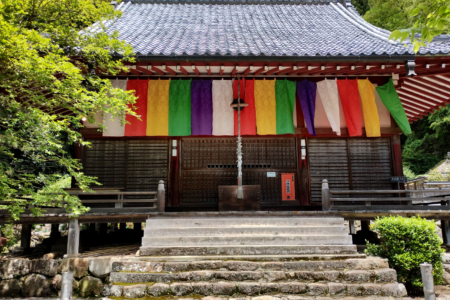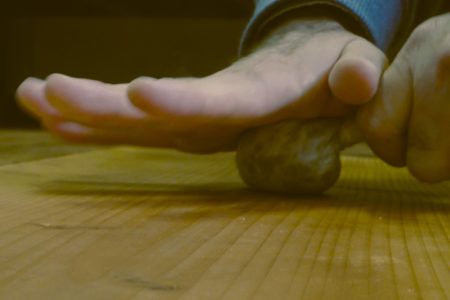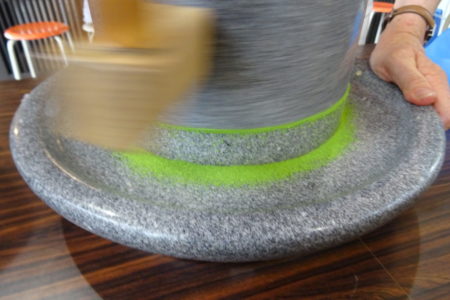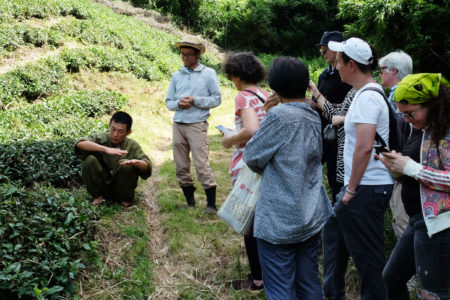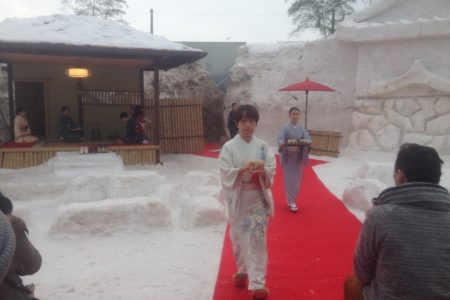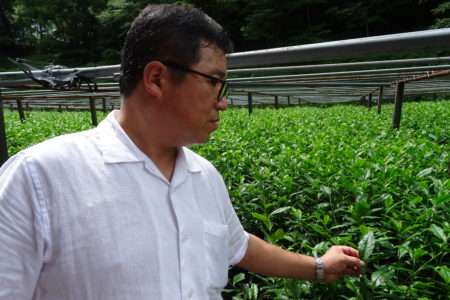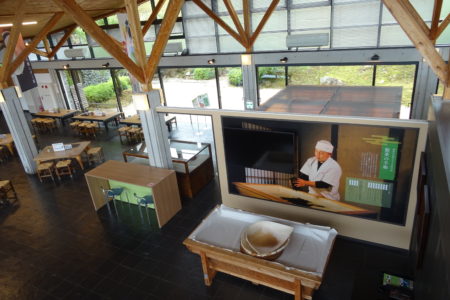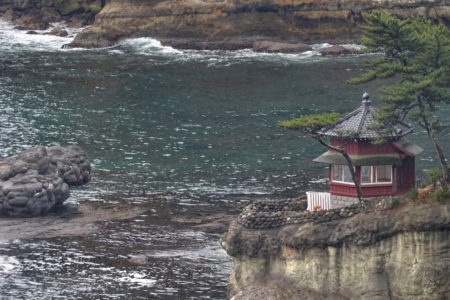Drinking Tea History in Nara, Japan
The Butsuryu-ji Temple grounds are a treasure trove of historic tea memorabilia that includes statues of the famous Japanese Buddhist monk Kukai and his disciple Kenne and artifacts so significant to Japanese heritage that the national and local governments registered them as cultural properties.
